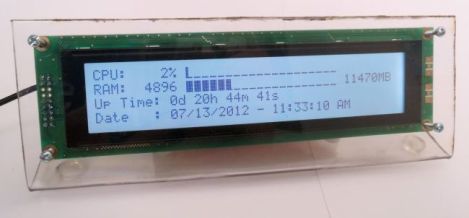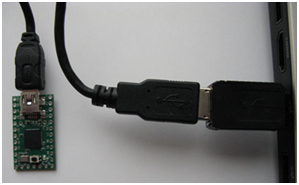
Hackaday writer [Ryan Fitzpatrick], aka [PlatinumFungi], recently put together this amazing Metroid Power Suit helmet as a prop for a [Mike n Gary], on youtube. How amazing is it? This image is an actual photograph of the helmet! It’s being modeled by [Kelly Johnson], who built a power suit costume for a previous Halloween. But she never made a helmet, which makes sense to us. After all, how are you supposed to talk to anyone while wearing a helmet? Practicality aside, it is a delight to walk through the fabrication process.
[Ryan] started with a motorcycle helmet, making paper templates based on images from the game. After he had a reasonable road map for the work that needed to be done he started cutting away the parts which he didn’t need. The ‘beak’ on the front was then fabricated from paperboard, with the fins on the side sculpted from rigid foam. But there’s still a lot of work to be done from that point. Sure, the internal lighting and colored visor are necessary touches, but it’s the paint job and ‘distressing’ steps that make this look so realistic.
Looks like we’ve exceeded his bandwidth due to the tons of pictures he had of the process. Check out the video after the break.
Continue reading “Metroid Helmet Takes Halloween Costuming To A Higher Level”

















